TABLE OF CONTENTS
Ever wondered what the difference between CPU and GPU rendering was and which one fits your needs best?
While you might think that they’re similar, the truth is that they’re very different.
And we’ve had a lot of people ask us what the difference between them was.
So I decided to write a whole article dedicated to thoroughly explaining just that!
The Difference Between CPU & GPU Rendering (Pros And Cons)
It is commonly touted that GPU Rendering is faster than CPU Rendering. In reality, it’s not about what’s faster, it’s about what’s better for the task at hand.
First off, let’s get the basics out of the way.
To “render” something is to process the scene in order to actually create an image or sequence of images.
This is a complex process wherein you’re basically calculating how a scene looks by using your CPU and/or GPU to do mathematical computations in order to derive a final image.
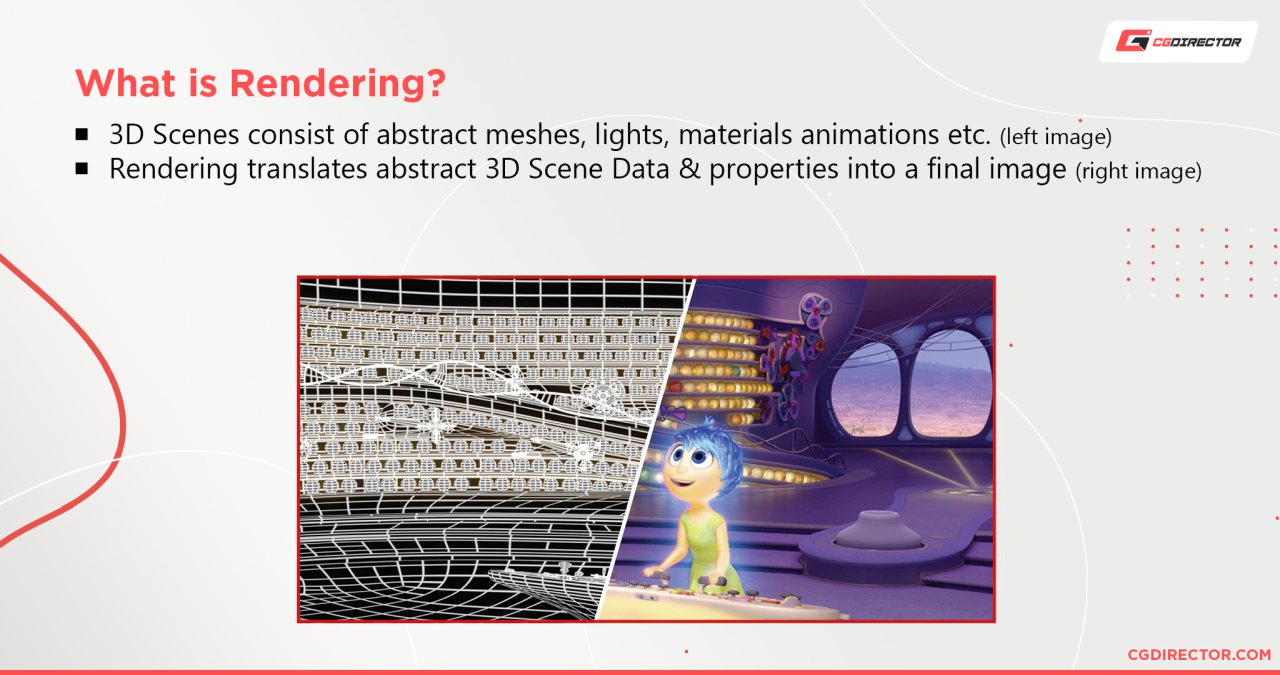
In these computations, there’s a lot of ray tracing and ray casting going on and in fact, the way light bounces around a 3D Scene is very similar to how it does in real life.
Depending on the program you’re using, this process is handled either by your CPU (Central Processing Unit) or your GPU (Graphics Processing Unit)—or both if you use hybrid render engines such as V-Ray or Cycles.
You can check which Render Engines supports what in this article.
It’s important to understand that both of these, CPUs and GPUs, are equally important.
GPUs are great at handling lots of very specific information and processing it quickly in parallel (many at a time), but CPUs are great at handling lots of general information and doing it accurately in serial (one at a time).
They’re both important in their own ways, and they’re both needed to make the rendering process as fast as possible.
CPU Based Rendering And CPU Focused Render Engines
CPU rendering is a technique that renders images solely using the CPU.
It is not constrained by the number or performance of your graphics cards that you have installed, nor is it constrained by the amount of your GPU’s VRAM.
There are several benefits to using CPU rendering. The most obvious one is that you don’t need to spend any money on an expensive graphics card.
Another advantage is that you may be able to render your images faster, depending on the CPU that you have.
But that pretty much beats the previous point because you’ll just be replacing your expensive GPU with an expensive CPU.
Anyway, there are, of course, some limitations to CPU rendering, however. The biggest one is that it’s generally not as fast as GPU rendering.
While this may not be a problem if you have a high-end CPU or if you’re just rendering an image once or twice, it can be a real problem if you are making animations, very complex scenes, have strict deadlines or want to iterate more often to improve quality.
Here are some CPU render engines and examples of what they can do.

Image Credit: Albert Einstein – Alexander Beim

Image Credit: Goza Bar Panama – Patrick Dalla Torre

Image Credit: Soul – Pixar
Keep in mind that while the rendered Images above look fantastic, you can’t really judge a render engine by looking at artwork, it’s the artist creating them that counts.
Almost any render engine is capable of creating any kind of style and quality, it’s the speed at which you can do so that sets them apart.
GPU Based Rendering And GPU Focused Render Engines
GPU rendering is the process of using one or multiple graphics cards to render 3D scenes.
There are several benefits to using GPU rendering over CPU rendering.
For one, GPUs are much better at 3D rendering than CPUs because they’re optimized for graphical computations and parallel processing.
This means that they are able to process many tasks simultaneously, unlike CPUs which operate serially.
And since the task of rendering is easily parallelized (shooting rays, sampling pixels, or just rendering individual frames in a sequence), a GPU, which has thousands of cores, easily pulls ahead in render performance.
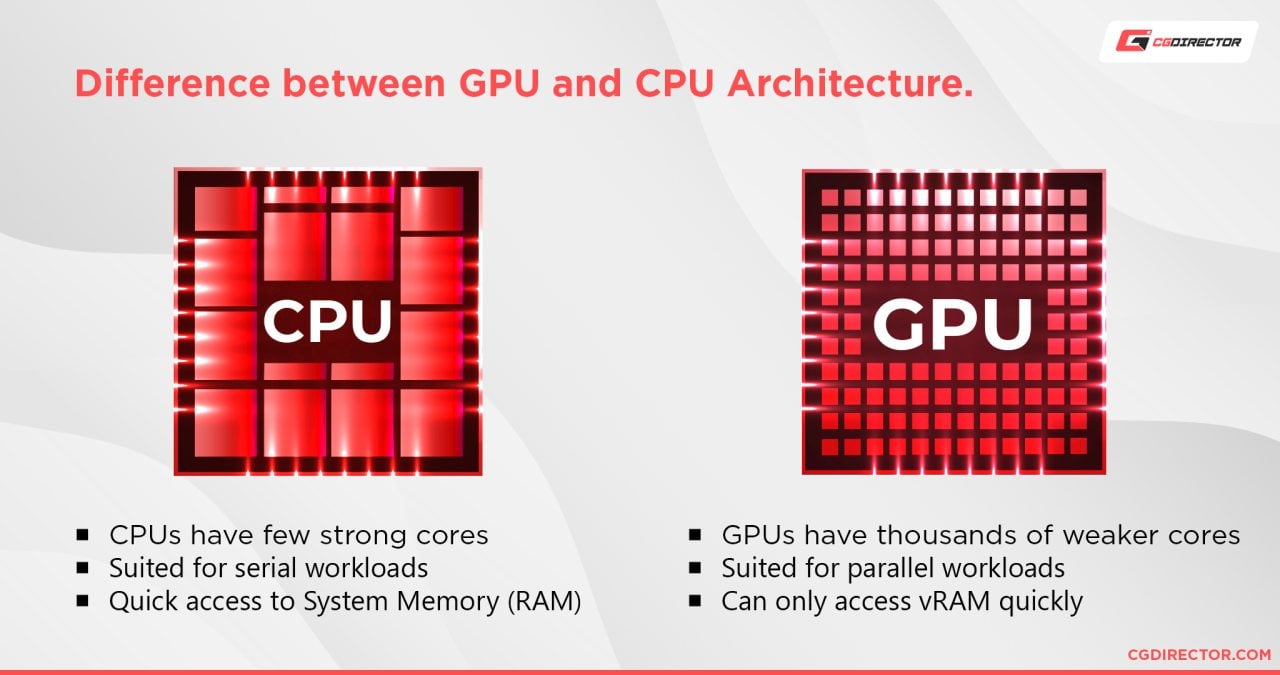
This also means that, unlike CPUs, you can more easily add more and more GPUs to your computer to get even more performance (up to a point). So they’re very scalable and flexible in that regard.
And because of their specific optimizations, GPUs can be used to do a lot of other things (such as video editing and transcoding) more effectively than a CPU.
However, GPUs are not without their drawbacks.
Having been designed for a very specific purpose—graphics—they are not very good at doing many of the things that CPUs are good at.
For example, GPUs are very bad at doing floating point math, and so are not useful for rendering or simulations that require a lot of floating-point operations.
GPUs are also not very good at doing lots of small tasks serially, while CPUs are great at this.
GPUs are also much more limited in Memory capacity than most CPUs. Typical Graphics Cards have access to 8-12GB of onboard VRAM, while CPUs can more easily access System RAM that usually counts 16-128GB in modern Systems.
Yes, GPUs can use System RAM too, but doing so is much slower for them, because they have to go through the PCIe bus, and then over the Motherboard to access the RAM Slots.
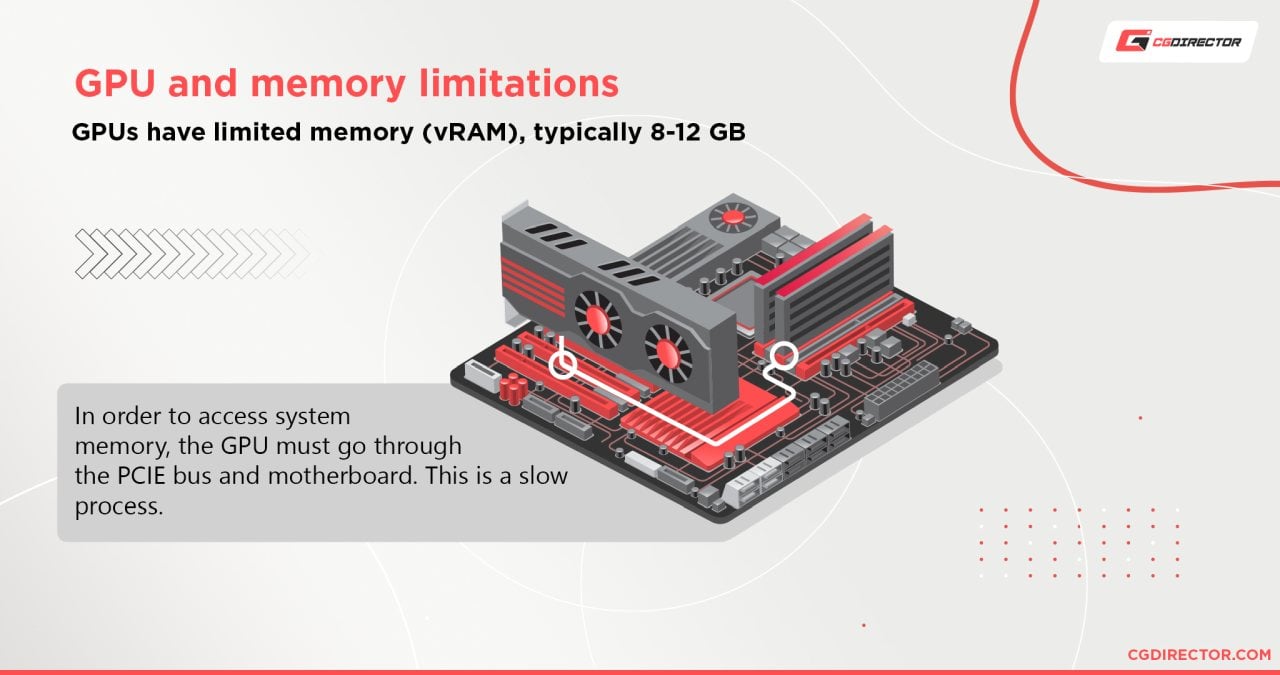
And all this has to be managed by the CPU as well, so GPUs are really only fast if they can use Scene Data that’s in their VRAM and not in System RAM.
What does this mean? It means that you’ll see the biggest speedup on GPUs that can fit your entire 3D Scene into their VRAM.
If the scene is too complex and spills over into the System RAM, the Rendering Performance will take a serious hit.
Here are some GPU render engines and examples of what they can do.
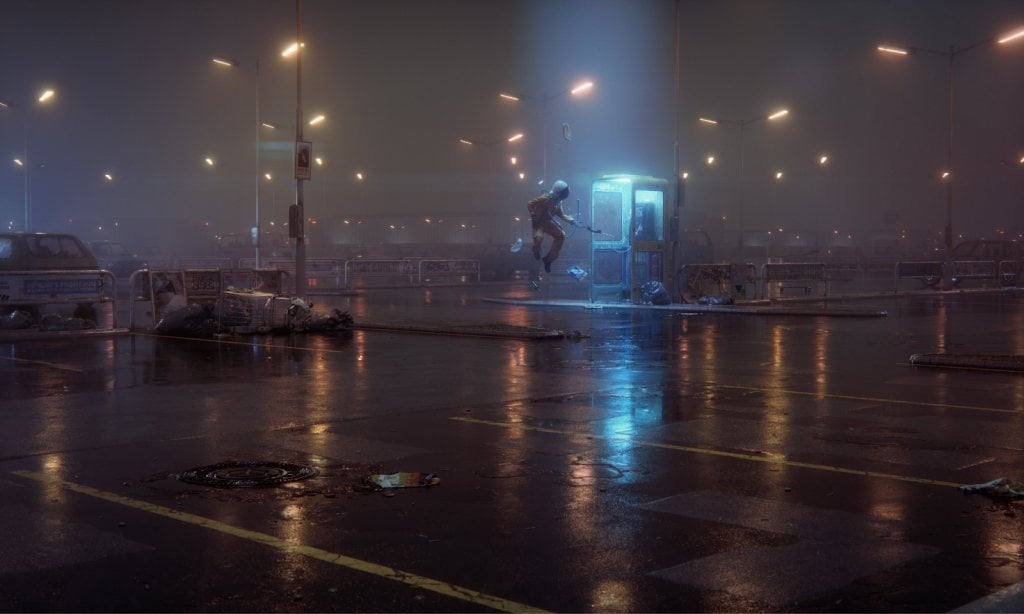
Image Credit: OTOY, Cornelius Dammrich

Image Credit: Ballantines, Bryan Mouchette
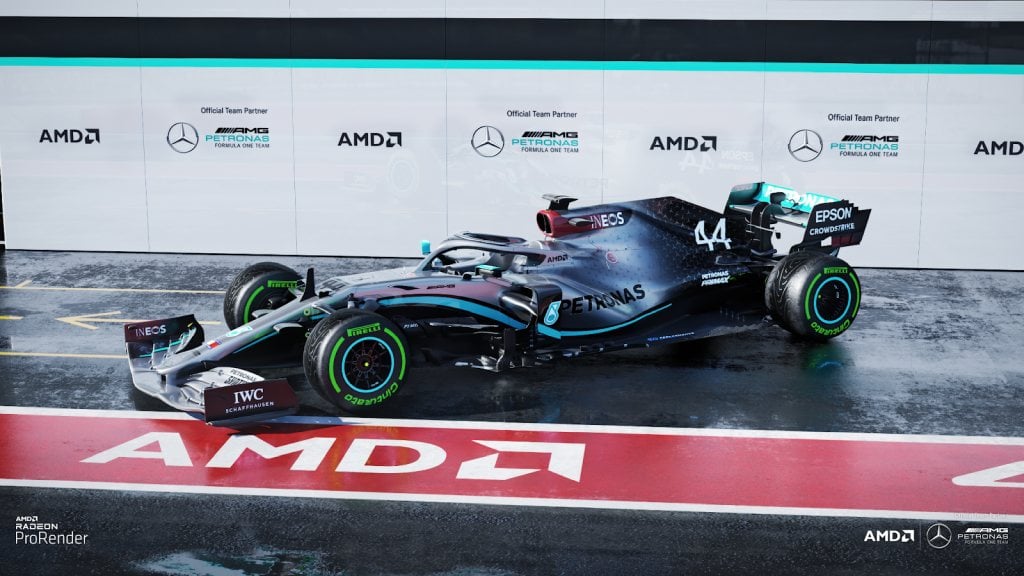
Image Credit: The Pixelary
When To Go With CPU Or GPU Rendering (Or Both!)
So, which one is faster, better for you? Well, that’s a tricky question to answer, because it all depends on what your use cases are and what you’re rendering.
Generally, GPUs will be faster than CPUs on most rendering tasks.
This is because the GPU is great at handling lots of information and processing it on its thousands of cores quickly in parallel. Yes, a GPU has thousands of cores (a 3090 has over 10,000 cores), while CPUs have “only” up to 64.
Granted, GPU Cores (CUDA, Stream Processors, Shader Cores, Tensor Cores you name it) are much smaller and weaker than a full-blown Core of a CPU. But the nature of rendering is easily broken down into a gazillion of very simple tasks that GPUs are just great at processing.
A CPU might be a multi-purpose powerhouse that can crunch any kind of workload, but it gets sluggish and falls behind quickly when compared to a GPU that executes code that is highly optimized for it.
This is also why it’s so difficult to compare the speed of a CPU Render Engine with a GPU Render Engine. For the most part, they run on entirely different Code-bases. An e.g. CUDA-Based Redshift Engine just can’t be compared with Corona, which is CPU-only.
Speeding up your renders on a CPU-only Render Engine, especially when iteration and live previews are of the essence, is difficult.
However, the downside of GPUs is the limited amount of VRAM or video memory.
If your scene takes up more memory than your GPU can provide, you’re not gonna be able to render the scene – or have to rely on out-of-core features that might be supported by some GPU Render Engines.
This allows them to spill over into System RAM if your 3D Scene doesn’t fit into the GPU’s VRAM. As discussed above, though, this will considerably diminish your rendering speed.
Now, on the other side of the coin, if you’re rendering a complex scene where accuracy is paramount—physics simulations, water simulations, etc, it’s better to use a CPU.
This is because the CPU is great at handling lots of information and doing it accurately and is not limited by VRAM.
This is because your CPU uses regular ol’ RAM instead of VRAM, and that’s significantly easier and cheaper to upgrade as opposed to buying a whole ‘nother GPU or a new GPU every time you want to render a complex memory-hungry scene.
On physics, water, etc simulations, you would generally much rather wait a bit longer and actually get the simulation done instead of running out of memory and having your hard work go down the drain.
Which it can’t even do ’cause the water simulations didn’t get processed!
Generally, most large studios prefer CPU rendering for its versatility and flexibility, but it’s also, generally, the most expensive option.
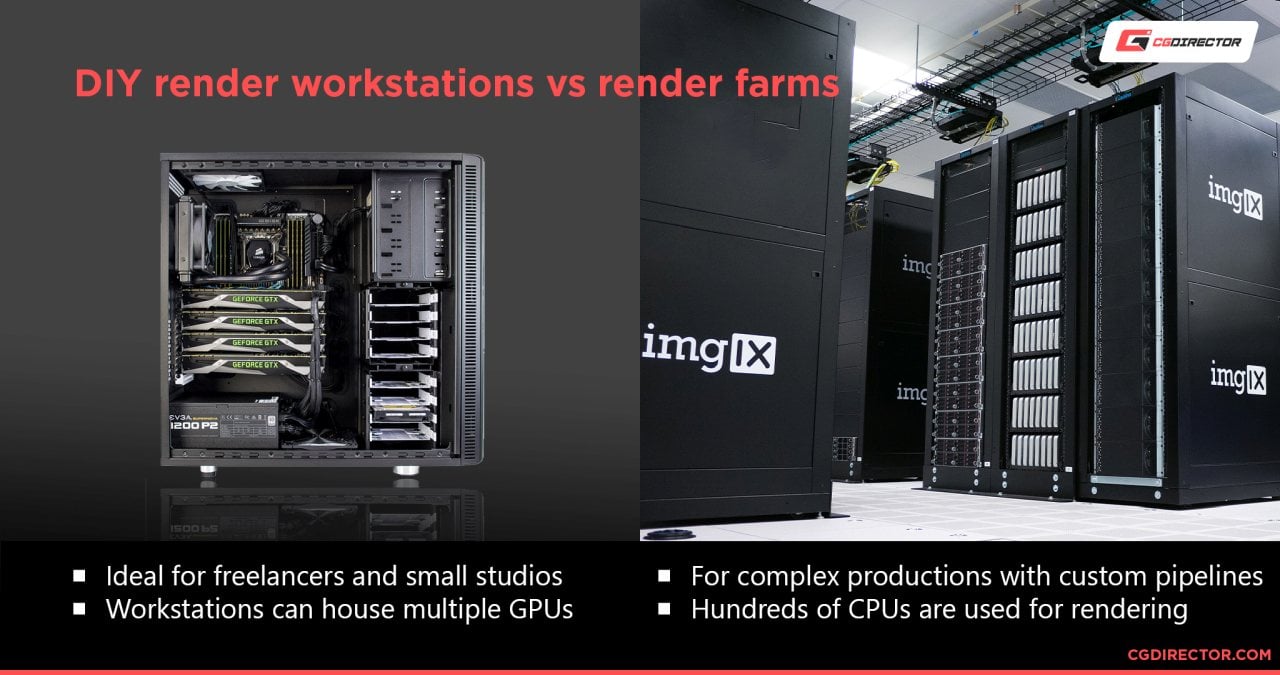
But that doesn’t really matter when you’re Pixar and you’re creating the next blockbuster animated movie and you need every simulation, every fabric, and speck of dust, every minute detail done to pixel perfection.
And they don’t generally care about the speed because at that level, you have 10,000 CPUs all working together to create that masterpiece.
But on the other end of the spectrum, it’s the exact opposite most of the time. Freelancers and indies don’t have the capital to invest in ginormous supercomputer setups like that.
So they look towards something far more accessible but still adaptable and usable enough for most situations. GPU rendering.
When the client wants the project done at 9, you need something that’s fast and is perceptibly indistinguishable, not perfection.
But it all still depends on your use cases. Even a freelancer could benefit from switching to CPU rendering if they’re frequently running into memory issues with their GPUs.
TL;DR: Go with CPU rendering you’re running memory-hungry processes and don’t care about speed as long as you have accuracy and stability.
Go with GPU rendering if you want your renders done quickly with very good results— even if it might not be the most accurate (however the difference is negligible), and you don’t need mountains of memory for your 24k textured, 50 million polygon model.
What should you chose: GPU or CPU Rendering – Summary
Let’s break it down real quick.
Factors that will take away the choice from you and push you towards GPU or CPU Rendering:
- You already own a bunch of licenses and have been working in a specific engine for a long time
- You already have a bunch of Hardware that already suits one of the two
- The projects that you are working on or are given by the client are already set up in a specific engine
All of the above will take the decision of GPU vs CPU away from you. Obviously, unless you are paid to convert a Scene to make it work with another Engine, you’ll want to keep working in the engine the Scene is already set up for.
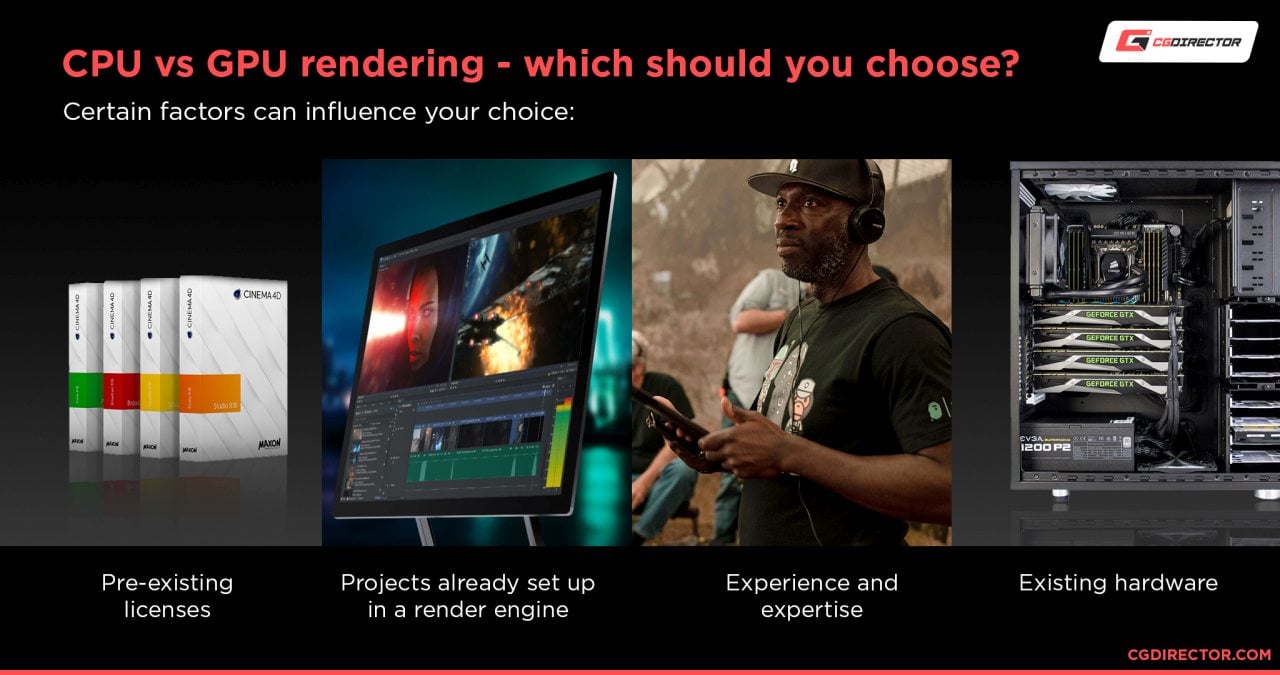
If you already own many licenses or hardware suited for a specific engine, it’ll be costly to change to another unless you absolutely know it’ll benefit you in the long run.
Changing from one engine to another is always linked with a reduction in the quality or an increase in time spent to reach a certain quality level until you get up to speed with the new engine.
If you don’t have the time for such a transition for this project you’re working on, learn the new engine that might be more suitable for you on the side. Switch when you’ll achieve the same quality with the same time investment.
If you are not bound by the factors above here’s what might push you in one or the other direction:
GPU Rendering
- Generally faster than CPU Rendering for most scenes, given your VRAM is large enough to fit the scene
- Faster project iteration (and more often) thanks to fast interactive preview renders that improve your projects’ quality and make you more competitive
- Can be more easily scaled Hardware-wise. Just slap a bunch of GPUs into a PC without having to get a second one
- The superior choice for Freelancers and small studios that can have many GPUs in their workstations without having to get a Render Farm
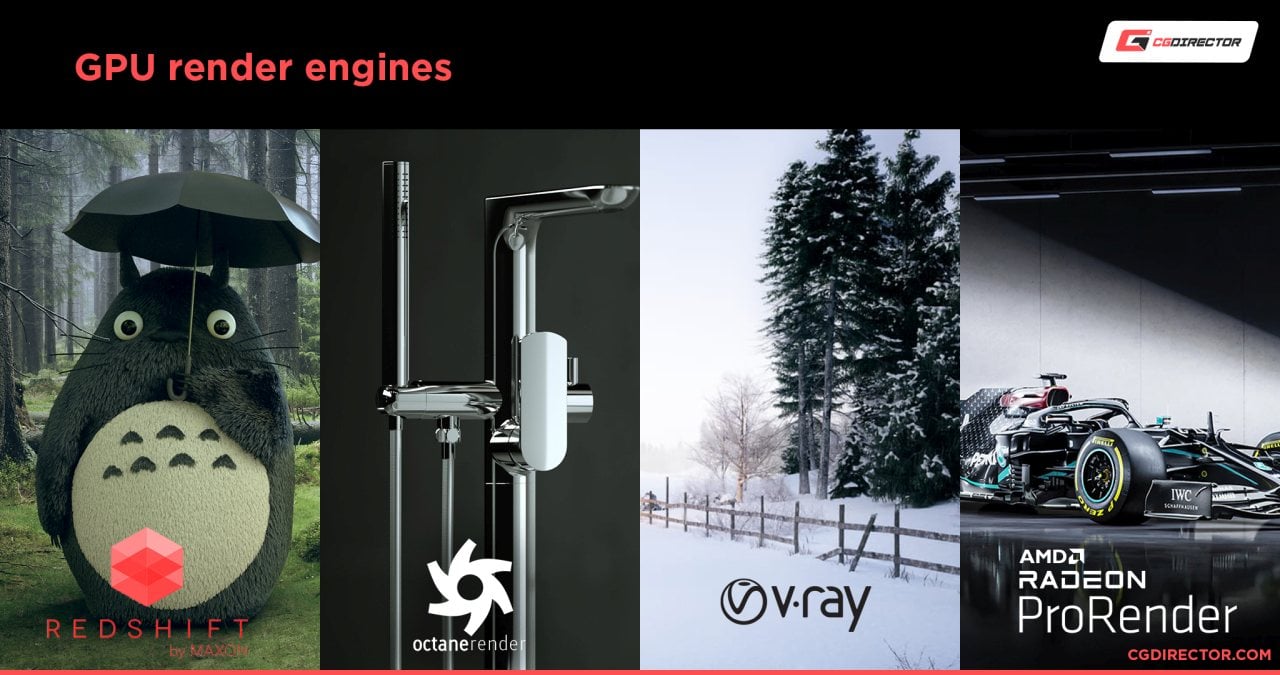
CPU Rendering
- Access to easily upgradeable System RAM that is generally higher capacity than VRAM. Gives the ability to handle crazily complex scenes
- The Feature-set in CPU Render Engines is usually broader. CPU Engines have been around longer and CPUs are great at all kinds of computations
- Can be the superior choice for large studios that handle complex projects requiring a multitude of engine- and 3d-software features
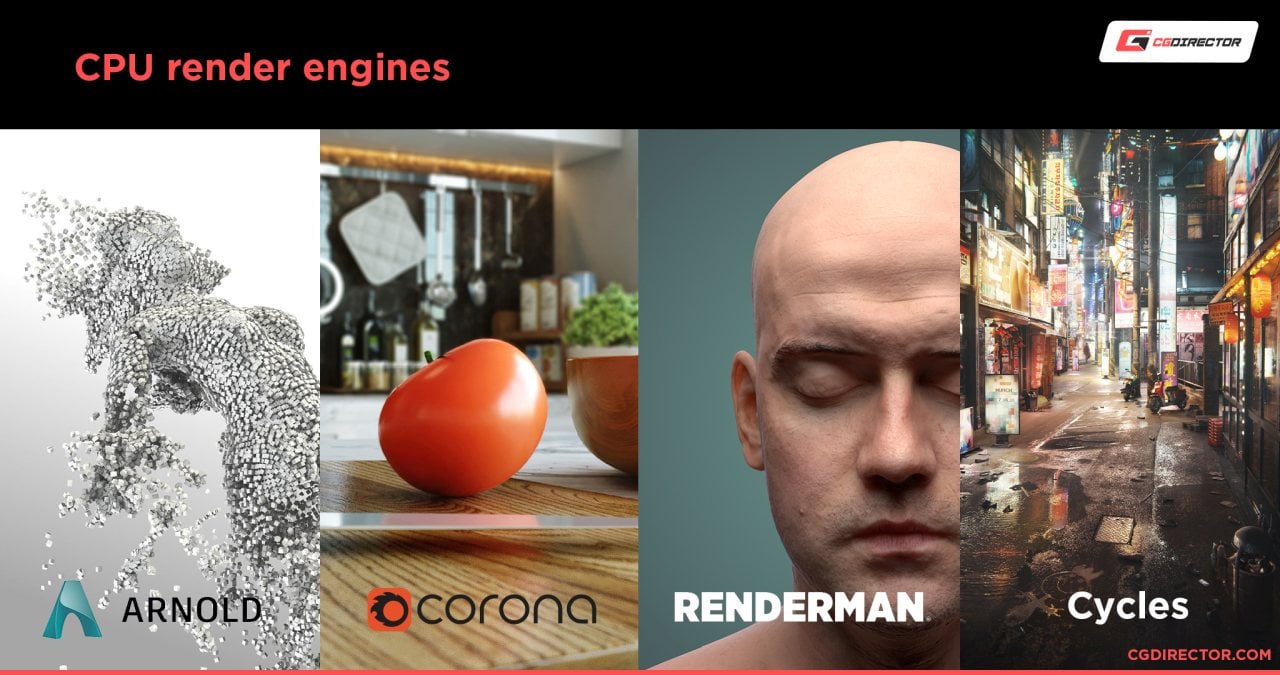
Take a look at our CPU & GPU Render Engine compatibility table to see which engines are available on the market and which support what kind of hardware.
Hybrid Rendering
Although most engines support either just CPU or GPU Rendering, some support both.
Chaos’s V-Ray and Blender’s Cycles are two such Render Engines. They can utilize your GPUs and CPUs simultaneously.
Although this sounds like a spiffy feature, the speedup is usually marginal. The Code used to support both Hardware Components has to compromise somewhere and is rarely optimized for both ends.
Because GPU Rendering in itself already needs considerable CPU Processing power as well, there’s usually not much left to make the added CPU performance noticeable.
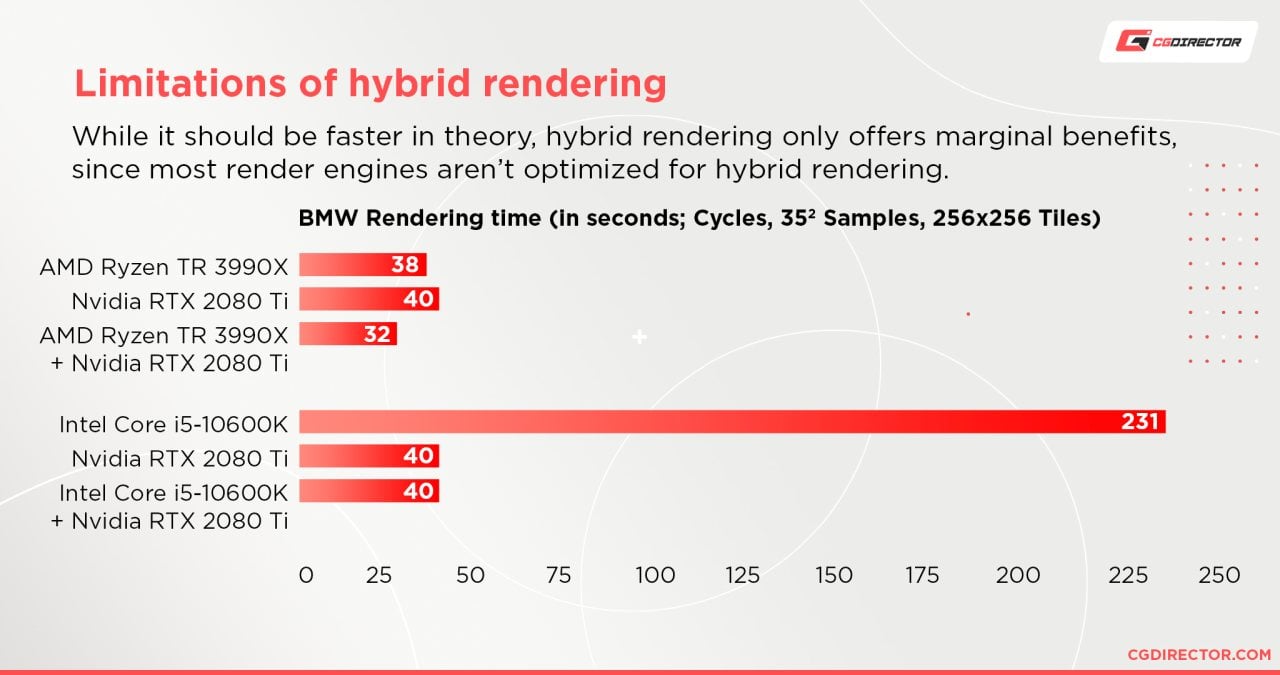
If you’re already using one of these hybrid render engines in CPU-only mode, though, it’s an easy thing for you to switch to hybrid or GPU-only, as you’re already familiar with it.
It’ll also help utilize the full performance of your components if you’re looking to decrease your render times.
Personally, though, I like using GPU-only Render Engines and not have my CPU be utilized so strongly as not to be able to work on my workstation anymore.
GPU-only rendering leaves some CPU resources free, which lets me do compositing, some video editing, and other tasks while I wait for the render to finish, without having a sluggish PC drag me down.
Hardware For Different Types Of Rendering
What Hardware do you need for CPU Rendering?
It goes without saying that you will need a powerful CPU that’s capable of being effective at rendering the work you will be doing.
While the exact specifications of your CPU will vary based on the work you’re going to be doing, you will need a CPU with, at very least, 4 cores and 8 threads if you hope to work at any reasonable speed.
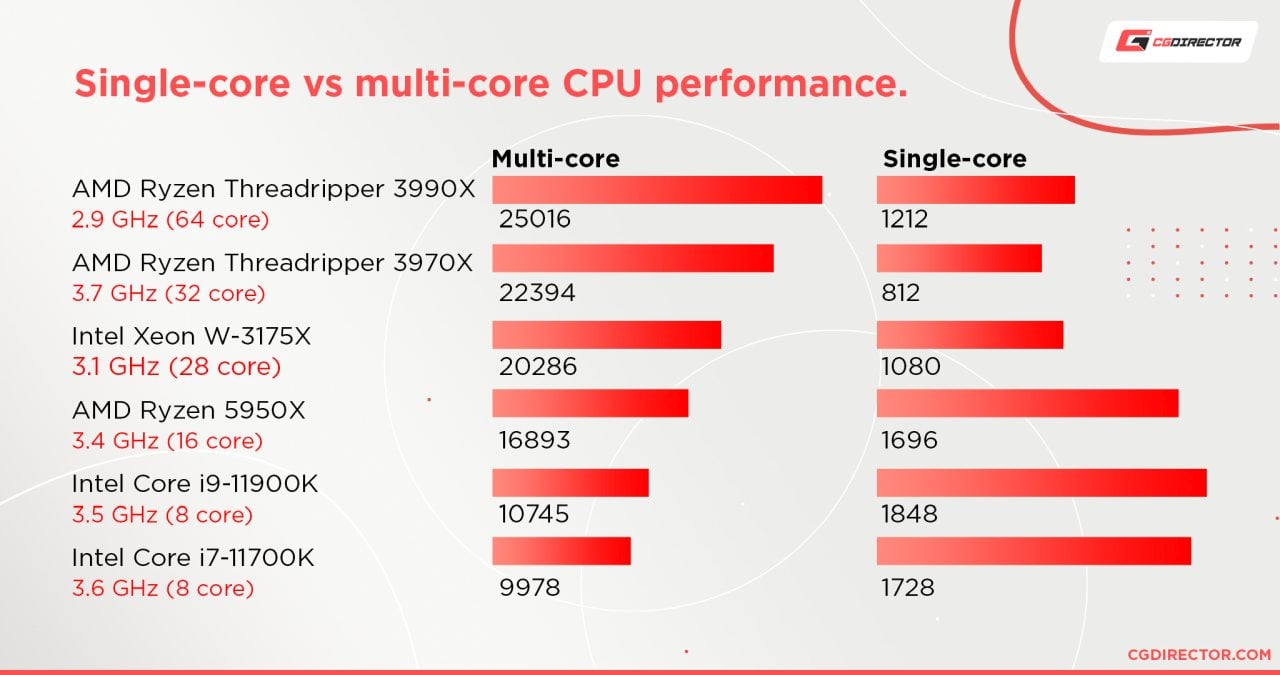
While it’s tempting to just go out and buy the most powerful CPU you can find, you should take your time and think about how you’re going to use your CPU, how fast you really need your renders to be done, and then balance that out with your budget.
Because high-core count CPUs that are great for CPU Rendering are also infuriatingly bad for active work, such as modeling or animation, you’ll want to find the right balance between the number of cores and clock speed.
If you already decided on a Render Engine, you should first find out if it’ll use your CPU or GPU for Rendering in our article here.
If you want more information on the general hardware needed to create a good workstation for rendering and modeling, you can take a look at our article here.
And lastly, you’ll want to take a peek at our Best CPU for Rendering Article that’ll answer any unanswered questions.
What Hardware do you need for GPU Rendering?
GPU rendering is a little more complicated than CPU rendering, and it’s important to know what you’re getting into before you start.
The main thing to consider when choosing hardware for GPU rendering is whether you’re going to be using your PC for something else.
Another thing to consider is the type of GPU you want. There are two main types of GPUs for rendering, consumer cards, and professional cards.
One of the most significant differences between professional and consumer is the amount of memory a card has.
Consumer cards tend to have lower memory capacities while professional cards have significantly more.
If you’re going to be rendering in large resolutions, use high-res textures, will be saving deepEXRs, or have complex scenes with a lot of polygons and micro-displacements, you’ll need a lot of video memory.
You’ll also want to consider the number of GPUs you want to use.
Most people go with just one at first, but quickly notice that they could use a second one or even a third, to almost linearly improve render performance. Make no mistake, though, you’ll have to buy the right PC, the right motherboard, CPU, and PSU from the start to be able to just slap in a few more GPUs. Here’s how to do this.
For even more complex Projects you can utilize technologies like NVLink that give you the ability to combine the memory of certain supported GPUs to reduce memory-related restrictions.
This will allow you to go even higher quality, but there are only so many GPUs you can link together like that as well. But that’s more of a problem for large studios.
Our general guide on building a PC for 3D Modeling and Rendering is a good place to start with finding the right hardware.
Also, be sure to check our Render Engine Compatibility table here to make sure you’re buying the right hardware for your Render Engines.
Cloud Rendering And Render Farms For CPU And GPU Rendering
Cloud rendering is a form of remote rendering that leverages the use of remote render servers to distribute the rendering workload across multiple computers in a network.
Cloud rendering is becoming more and more popular with the availability of render farms, and it is used by many studios in the entertainment industry for rendering animations and visual effects.
The advantages of cloud rendering are that it can reduce costs by utilizing the computational resources of multiple computers in the network, and also reduce the time required to finish a rendering task.
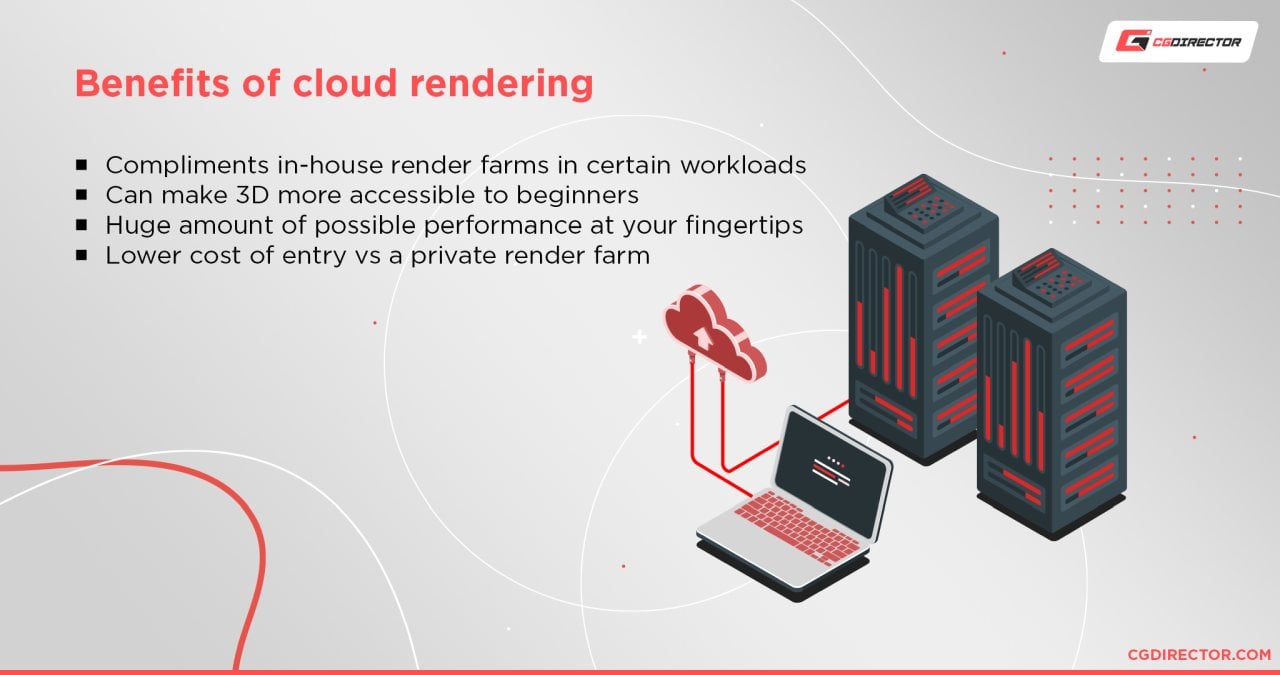
There are many render farms that use the power of cloud rendering to speed up both CPU and GPU rendering.
If you have the funds available, you can also decide to create your very own, in-house render farm as well.
So no matter what you pick, you can still get the fastest speeds.
In Summary
CPU and GPU rendering both have their uses. So it’s hard to outright recommend that you use one over the other.
GPU rendering will generally be much faster than CPU rendering, but you might have issues with memory management.
If you have access to a lot of memory and high-end CPUs, then it might be better to use CPU rendering.
You have to carefully take a look at the requirements of your project and figure out what will best fit you.
So, hopefully, this article has made it a little easier for you to make that decision.
Over to you
Those are some of the differences between CPU and GPU rendering! What’s your experience with them? Let us know in the comments or our forum!
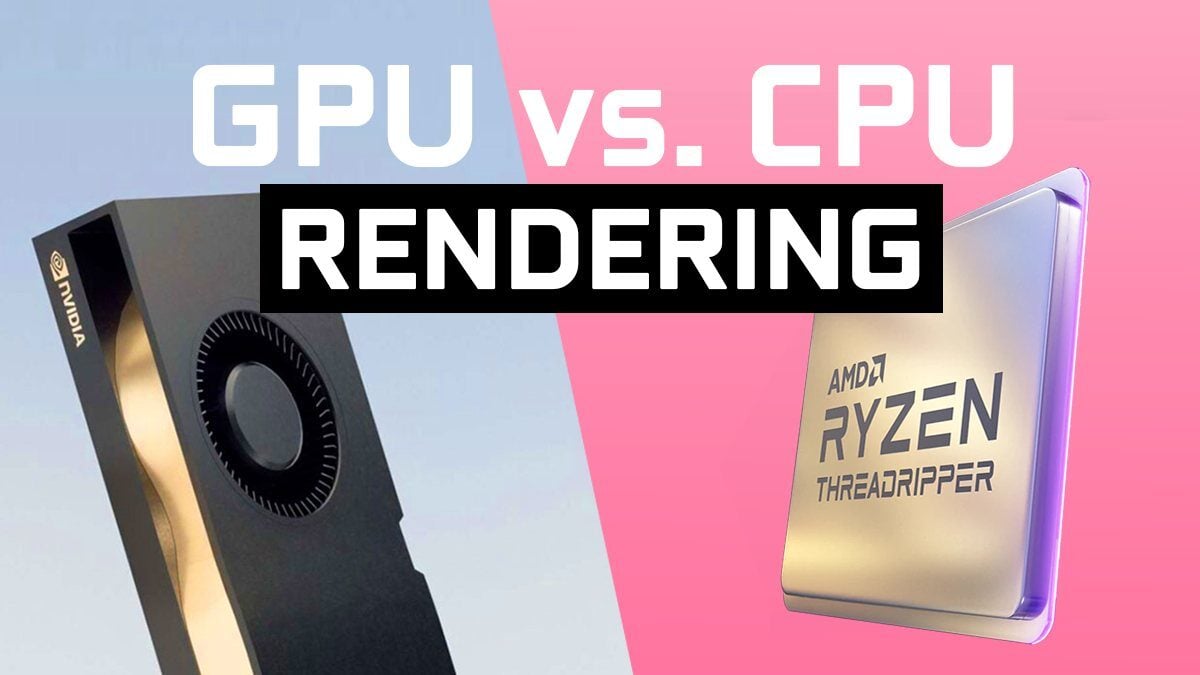
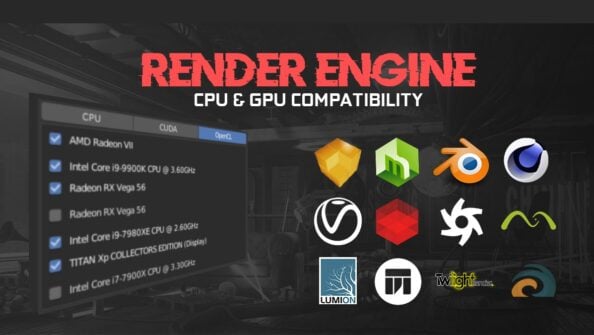
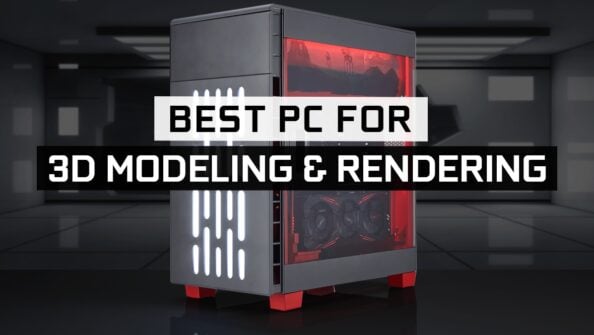
![What is the Best GPU for Video Editing and Rendering? [Updated] What is the Best GPU for Video Editing and Rendering? [Updated]](https://www.cgdirector.com/wp-content/uploads/media/2019/12/BestGPUForEditingAndRendering-Twitter_1200x675-594x335.jpg)
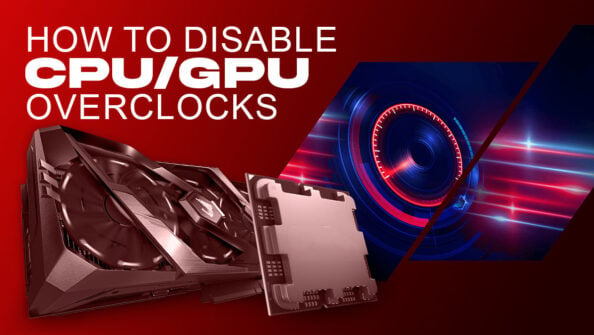

3 Comments
7 December, 2023
Thank you for the breakdown.
8 December, 2023
Happy to! Let me know if you have any other questions 🙂 You can also join us on the forum or on discord and chat about all things CPU & GPU rendering.
Cheers,
Alex
27 November, 2022
Thanks for telling about CPU and GPU rendering.